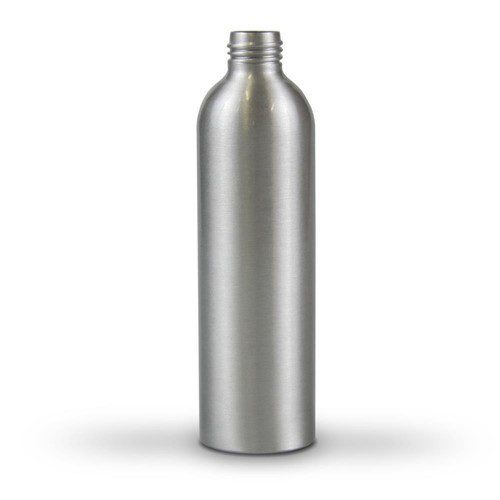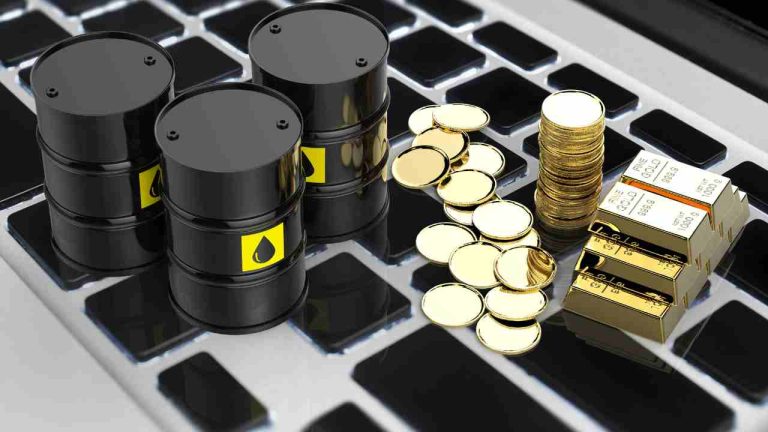How to Make an Impressive Flowchart? – Complete Detail Guide
Are you worried about how to make flowchart? If so, you’re in the right place! Here, we’ll provide you with a complete detailed guide on how to make a flowchart, including what they are, why they’re important, and how to get started! Flowcharts are handy tools that can be used to document processes, visualize cause and effect relationships, or just about anything else you can think of! Although, Follow along as we show you how to make a flowchart, and don’t worry if this is your first time; we’ll walk you through everything!
What is a flowchart?
Before getting into how to make flowchart, we must first understand what they are. A flowchart is a diagram that describes processes and interactions between systems. These diagrams are composed of symbols such as rectangles, rounded boxes and diamond shapes, connected by arrows. They’re made up of two types:
- Hierarchical charts
- Pseudocode charts
There is no right way to create a flowchart; it all depends on what you need from it and your personal preference. You can use just one or multiple colours, or stick with black and white for simplicity. For example, if you want to explain something visually, it might be easier for people to understand if you include colour in your chart.
The history of flowcharts
The term flow chart was first coined by J. Presper Eckert and John Mauchly in 1946, who used it in their book on computer programming UNIVAC Librarianship: The organisation and administration of computer libraries. They had also used flow charts for their groundbreaking ENIAC computer. However, back then, they didn’t call them flow charts; instead they were referred to as block diagrams or programs charts. Since then the use of flowcharts has evolved over time with added features and functions to meet different needs.
Flowchart symbols and their uses
Flowcharts are used in all types of industries, from science and technology to business and finance. As a result, their symbols tend to be very specific. A process flow chart may focus on one particular aspect of your work or project, for example, so it’s essential that you use only those symbols relevant for your flow chart. Here are some of them Global standards have greatly benefited companies in today’s highly competitive marketplace by ensuring uniformity among competitors across different countries. The purpose of complying with global standards is to achieve uniformity and efficiency of processes which lead to better outcomes at cheaper costs in terms of both time and money. When compared with traditional ways, these benefits add up over time leading to substantial savings for companies.
Best Practices to Create Flowchart
If you want to create professional flowcharts, here are some best practices that will help you. They’re not particularly complicated or technical, but following them will make your life easier and your flow charts look better. For example The program you use has certain defaults for text size and line widths (which have nothing to do with how good your flowcharts look). Don’t use these. After using software for a while, it’s easy to just accept whatever default settings it has; however, if you want high-quality flowcharts, pay attention to all of these tips from start to finish.
Conclusion
There are many types of flowcharts and in most cases, creating one is quite simple. The tips and instructions presented here should get you started on your journey of how to make flowchart. Use what you’ve learned, apply it, and enjoy being productive! If you need more inspiration or information, keep reading or search online for how to make a flowchart. You may find some helpful resources there as well that can assist with different aspects of chart creation such as examples or templates.







